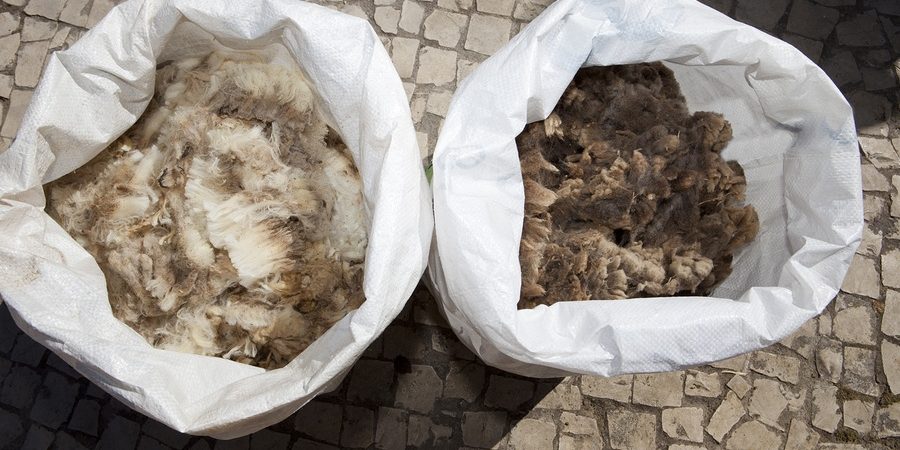Some things in life are simply meant to go together, and one such pairing is undeniably the Australian wool industry and China. Australia is the world’s number one producer of premium quality fine wool, and is the largest producer of all wools by value and volume. 73% of Australian wool exports go to China, the largest importer of wool in the world. In fact, Australian wool makes up 63% of the entire Chinese wool market.
China appears to be very happy with this arrangement, as is evidenced by the state of their tariff rate on the imported wool. Under their agreement with the World Trade Organisation (WTO), China is allowed to impose a tariff of up to 38% on wool imports. Currently they only charge a 1% tariff, which underscores their need for the wool. In addition, under ChAFTA there is an additional “Country Specific Quota” (CSQ) for Australian wool that allows for 30,000 tonnes of clean wool to be imported completely duty free, and that quota will grow 5 per cent each year until 2024.
In spite of this amazing exporting opportunity, wool production in Australia has dropped in recent years, partly due to the drought and partly because more farmers are moving toward grain production and the innovations driving that industry. For those who are still in the wool business and those who will be in the future, this all means huge opportunities for those who persevere and those who innovate to overcome the recent hardships. However, there are still risks that must be carefully managed in the supply chain in order to maintain this relationship and prevent endangering it in the years to come.
One of the primary risks is the quality of the wool, which must be maintained from beginning to end as well as is possible. This mostly occurs from merino fibres being contaminated by dark fibres or broader wools resulting in a rougher or prickly feel. The problems can occur on the farm all the way through to early stages of processing, and once the contamination occurs it’s almost impossible to fix. A drop in quality is likely the most common danger to upsetting the Sino-Australian wool trade next to a drop in production. That means that diligent efforts need to be made throughout the supply chain to maintain quality and compliance by regular and comprehensive auditing.
The auditing capabilities of Compliance Checkpoint fit the bill for these requirements so perfectly that it could be included as a third partner in the natural combination of Australian wool production and Chinese wool imports. The mobility, scalability, and real-time reports and analysis of Compliance Checkpoint provide the perfect solution for every link in the wool chain to monitor the process and avoid this type – or other types – of contamination.
Simply put, good auditing ensures higher quality wool. Higher quality wool ensures better prices and higher quotas for exports, along with lower tariffs. And all of these together ensure that the Australian wool production business will remain a prime opportunity.

